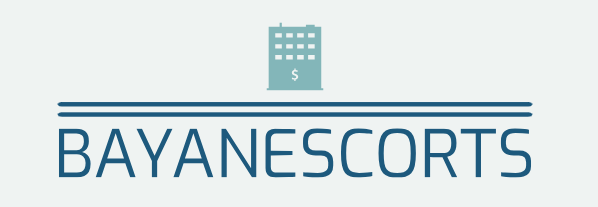Franchise Financing in Canada
 Franchise financing in Canada has some major similarities to the U.S. market, but is different in some key respects. This article will explore some of those similarities and differences that we have observed in the marketplace. More and more entrepreneurs are of course looking at franchise financing for a combination of both employment and entry intro entrepreneurship under a reduced risk mode. That is to say that a proven franchise concept enhances chances of business success.
Franchise financing in Canada has some major similarities to the U.S. market, but is different in some key respects. This article will explore some of those similarities and differences that we have observed in the marketplace. More and more entrepreneurs are of course looking at franchise financing for a combination of both employment and entry intro entrepreneurship under a reduced risk mode. That is to say that a proven franchise concept enhances chances of business success.
The potential franchisee has chosen his business, and has hopefully prepared either on his own or with professional help a business plan that ultimately has two purposes: to successfully finance the venture, and secondly, to monitor long term progress against initial goals and projections and assumptions. The business plan, when properly done, will allow the financing requirement to ‘ fall out’ of the financials. That is to say that proper opening balance sheets and cash outlays will identify the total financing needed. The financials need to be specific in this area.
In Canada the majority of franchise financing is done under the auspices of the CSBF loan program. This is the equivalent of what our friends in the U.S. call the SBA ADMINSTRATION. CSBF stands for CANADIAN SMALL BUSINESS FINANCING program, and is a federal government program under the auspices of Ottawa. The important point here is the government has allowed the Canadian chartered banks to ‘ administer ‘ the program. The government in effect ‘ guarantees’ the loan to the banks that participate in the program.
Franchise loans under the CSBF program have excellent rates, terms, and structures. Typically these are 3% over prime rate, 5-7 year terms, and flexible payment and repayment schedules. In the current liquidity crisis and market turmoil re bank financing etc many banks have either altered their view of certain elements of franchise financing, or in some cases have pulled out directly from certain business segments that they view as too risky, or in which they carry too much exposure. The restaurant /hospitality industry is a good example. A vast majority of franchise financing is done for the Canadian restaurant and hospitality industry.
Many business owners augment the CSBF franchise loans with HELOC’s. ( Home equity lines of credit ) These HELOC’s tend to backstop the funds put into the venture via the bank and government loan. Unfortunately many Canadian prospective franchisees have to tap into RRSP savings, which has some tax implications they should discuss with their advisor.
Franchise financing in the current 2009/2010 environment requires a solid owner equity investment. In some cases this amount approximates 100%. That has the bank loaning you $ 100,000.00 under the CSBF program, and you committing $ 100,000.00 also. This examples of course assumes you need $ 200,000.00 for your venture in this instance. Opening balance sheets prepared by the owner or their advisor and consultant should reflect positive working capital ratios that meet the government program requirements.
The CSBF loan program finances only certain asset classes, and owners should investigate or rely on their advisor or consultant as to what can be financed. Typically soft costs such as franchise fees are covered by the owner directly, and not financed. Franchise financing is more challenging today given that many lenders have either temporarily ( or permanently!) exited the marketplace. The franchisee should investigate all options thoroughly and understand what financing options are available and which options best suits their needs and personal financial situations. This can be done with proper due diligence or with an experienced advisor in the franchise financing industry.
